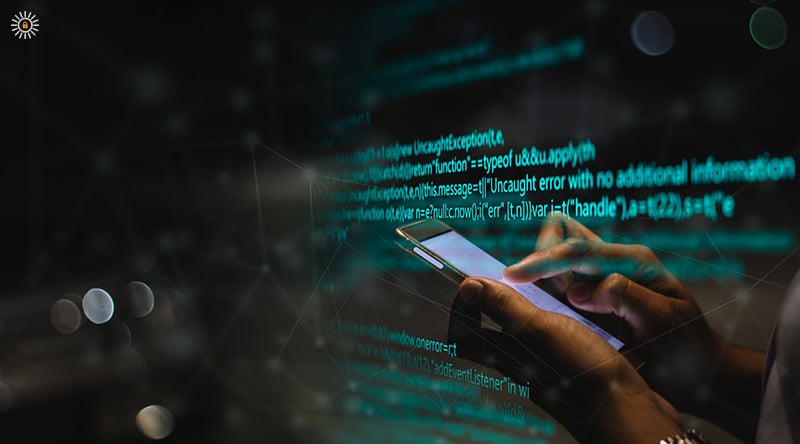- September 6, 2022
- Tags:

Twilio recently revealed a security breach incident where attackers gained unauthorized access to information related to customer accounts. Twilio offers services that allow users to build voice and SMS capabilities like two-factor authentication into applications. According to its subsequent updates, Twilio is continuing its investigation to identify affected individuals and reemphasize security awareness and training.
In this article, we will explore the details of the Twilio attack, its impact on SMBs, and how to protect against it.
A Breakdown of the Twilio Attack
A sophisticated social engineering attack on Twilio aimed to steal employee credentials. The attackers sent SMSs phishing messages impersonating Twilio’s IT department and suggesting things like password expiration or changes in work schedules. The SMSs further advised employees to log in using a fake web address that the attackers created and controlled.
To appear legitimate and trick users into clicking the malicious link, the URLs contained words like ‘Okta’ and ‘SSO,’ referring to single sign-on that many organizations use to secure access to their internal apps. Then they used the stolen credentials to gain access to Twilio’s internal system to access customer data.
Following the attack, Twilio said it worked with U.S carriers to stop the malicious messages and registrars and hosting providers to shut down the malicious URLs used in the campaign. Despite Twilio’s response, the threat actors continued rotating through carriers and hosting providers to resume their attacks. Twilio said that the threat actors were well-organized, sophisticated, and methodical in their actions. Twilio also noted that the attackers had advanced abilities to match employee names from sources with their phone numbers.
Since the attack, Twilio revoked access to compromised employee accounts and increased its security training to ensure employees were on high alert for this social-engineering attack. In addition, as a part of the remediation process, Twilio is contacting affected customers individually to inform them about this security breach.
The Impact of Twilio Attack on SMBs
The massive use of smartphones, tablets, and mobile applications for personal and professional daily life widens the attack surface. A recent report shows over 1 million phishing attacks in the first quarter of 2022. For small and medium-sized businesses, the damaging effect of phishing attacks is most severe on productivity, reputation, and data loss. For example, as the Twilio attack compromises user login credentials, hackers can use this information for further criminal activities.
As a result, it leads to loss of money, company value, trust of customers, and legal complications. In addition, SMBs often lack proper cybersecurity programs or incident response. Therefore, SMBs must develop cybersecurity programs and increase their security resilience.
How to Defend Against Twilio Attack
In the Twilio attack, the attackers sent SMS to trigger a sense of urgency and confusion. Organizations must discover all Twilio app users and reset passwords for every user to protect themselves.
Here are some ways to defend your organization:
- Continuous Security Awareness Training – Although SMS phishing attacks are less popular than email phishing, smishing attacks are increasing rapidly. Therefore, organizations should train employees to recognize social engineering attacks, including phishing, smishing, and voice phishing. Regular training and reinforcement can reduce susceptibility.
- Technical and Management Access Management – Implementing technical and management authorization procedures for sensitive companies handled by employees and third parties helps an organization to track who/where their data resides. Therefore, only authorized people can retrieve data from an organization’s data repositories, preventing unauthorized and compromised users from accessing sensitive data. In addition, robust access management policies ensure organizations comply with government and industry regulations.
- Robust Incident Response Plans and Policies – Organizations must create and implement strong cybersecurity policies to clear expectations and guidelines, from app usage to cyber threat detection. In addition, developing an incident response plan helps the organization handle any security incident effectively.
Conclusion
The Twilio attack shows how cybercriminals use new strategies and techniques to increase the success rate of their attacks. As a result, organizations should improve their security posture to prevent a data breach, loss of revenue, reputational damage, and legal complications.
Organizations must provide adequate cybersecurity training, restrict data access and use AI-based cybersecurity defense programs to detect and prevent attacks. In addition, implementing a cybersecurity strategy with safeguards and developing a well-thought incident response plan is well worth it in the long run.








